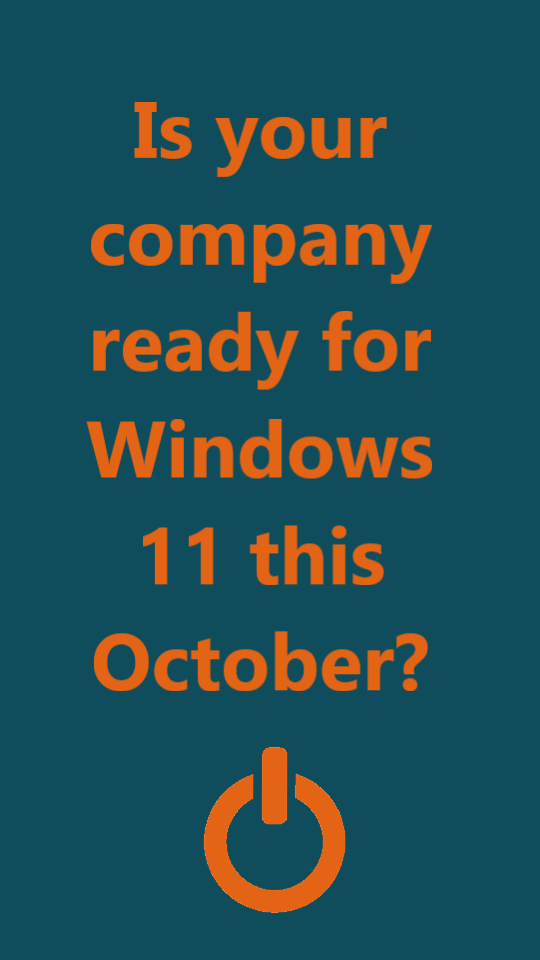Let's Talk
Congratulations on taking the first step towards embracing technology as a game-changer and market differentiator for your business.
Call or Text: 918-520-3533
Email: gary@yourparttimecio.com
Want to read more? https://blog.yourparttimecio.com
About Your PartTimeCIO
An IT Management Consultancy specializing in innovative, cost-effective solutions and providing experienced leadership and training of IT staffs
Social Media
Copyright 2025 Your PartTime CIO - All Rights Reserved
Made With CloseGPT


 Made with CloseGPT.ai
Made with CloseGPT.ai